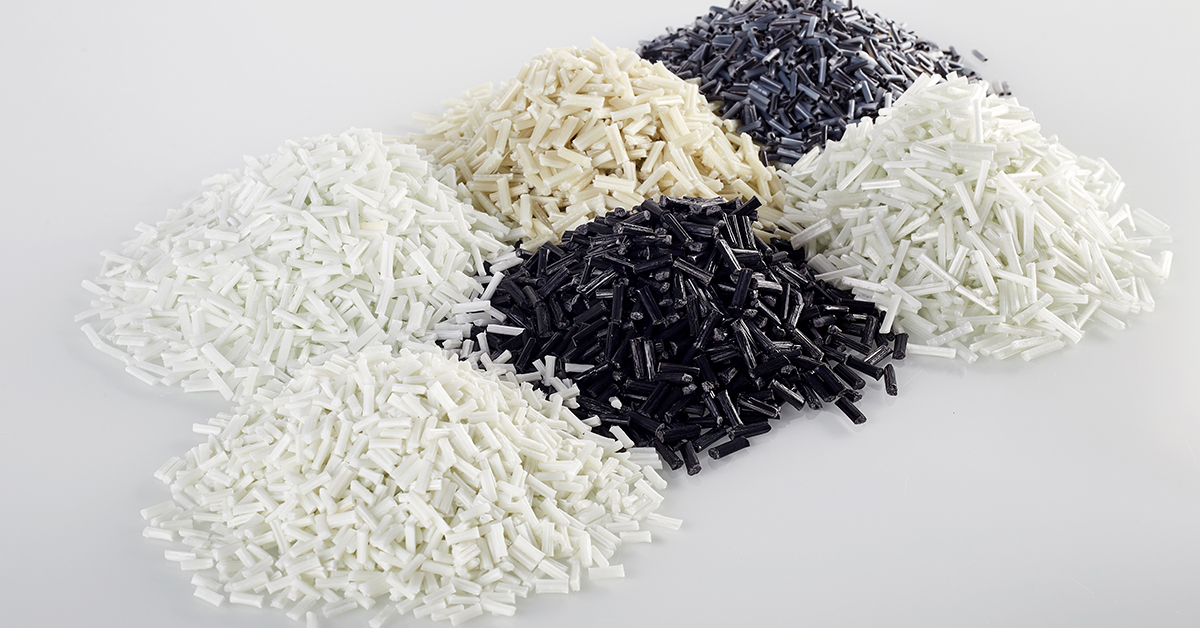
PPS の分子構造はベンゼン環と硫黄原子が相互に配列して構成されており、その配置が規則正しく、熱安定性の高い結晶構造を形成しやすいです。同時に、PPS 材料の分子構造は非常に安定した化学結合特性を持ち、ベンゼン環構造は PPS をより強固にし、硫黄エーテル結合 (-S-) はある程度の柔軟性を与えます。
PPS 自体は優れた耐熱性、難燃性、耐薬品性を備えており、有望な材料のはずですが、純粋な PPS にはいくつかの問題があります。
未改造の PPS には避けられない欠陥がいくつかあります:
難しい加工: これはすべての高温耐性材料の最大の問題点です。成形プロセスや加工エネルギー消費量に関係なく、加工温度が高いと大きな課題に直面します。さらに、PPS は依然として溶融プロセスにおいて熱酸化架橋を起こしやすいため、流動性が低下し、加工の難易度がさらに向上します。
靭性が低い: PPS の分子鎖は硬く、最大結晶化度は 70% と高く、伸びが低く、溶接強度はあまり良くありません。その結果、未変性 PPS の耐衝撃性は低く、適用範囲が制限されます。[21]
高コスト:PPS原料と一般のエンジニアリングプラスチックと比較すると、価格は約1〜2倍高く、一部の材料を変性させたものと比較してコストパフォーマンスが低い。
コーティングが難しい: 耐薬品性、中程度の耐性も諸刃の剣であり、PPS の表面コーティングと着色性能は理想的ではありません。これは今のところ大きな問題ではありませんが、制限要因となっています。[27]
そのままの PPS は適用が難しいのですが、変更する場合はどの方向に変更する必要がありますか?
近年、5Gと電気自動車の人気に伴い、バッテリーブラケット、カバープレート、リチウム電池ダイヤフラム、5G通信機器、インテリジェント端末など、改造PPSの用途は絶えず拡大しています。
強化と強化
PPS は現在、主に繊維充填と合金の 2 つの方法で機械的特性を改善しています。
一般的なガラス繊維強化材に加えて、炭素繊維、アラミド繊維、その他の充填剤も徐々に一般的な改質システムです。
低誘電率改質
材料の誘電特性を改善するために、現在、合金をブレンドする方法が一般的に使用されている。たとえば、PPS/LCP の場合、研究によれば、合金システムは 1MHz であり、最適な誘電率は最大 2.5 です。[66]
合金に加えて、低誘電フィラーも可能な方法の 1 つです。中空ガラスビーズや低誘電率ガラス繊維などのフィラーも、PPS 複合材料の誘電率を効果的に下げることができます。[73]
研究によると、押出成形により誘電率を 3 以下に下げることができ、電気的性能は 40 ~ 120 Å で安定しています。さらに、複合材料の強度と誘電特性は、表面結合処理によってさらに改善できます。[80]。
熱伝導率の調整
新エネルギー車両用電源バッテリーや 5G 高周波の応用シナリオでは、材料の良好な耐熱性が要求されるだけでなく、熱伝導に関しても一定の要件が提示されます。ただし、PPS 自体の熱伝導率は低く、一般に 0.5W/(m・K) 未満です。
現在、金属と無機フィラーの主な使用方法は 2 つあります。金属フィラーは熱伝導率を向上させる可能性がありますが、断熱性能も低下させます。
酸化物、窒化物、炭素材料などの無機フィラー。PPS/酸化マグネシウムが主流の選択肢であり、材料の熱伝導率を 1.61W/(m・K) まで高めることができます。
窒化物は製造と技術がより複雑ですが、熱伝導率も高くなります。 40% 窒化ホウ素複合材料の熱伝導率は 4.15 W/(m・K) に達することがあります。
グラフェン、CNT、その他の炭素材料も、PPS の熱伝導率変更に最適です。添加量と熱伝導率のバランスが取れます。たとえば、複合材料の熱伝導率は、グラフェンの体積分率が 29.3% の場合、4.414W/(m・K) に達する可能性があります。
複合膜の改質
リチウム電池のダイアフラム市場には、PPS も適用されています。
これまで、一般的に使用されていたダイヤフラム材料はポリオレフィンでしたが、ポリオレフィン材料は電解液の浸透性と熱安定性が比較的悪く、高温で収縮や溶融が起こりやすいです。
PPS素材の耐薬品性と耐熱性多少の改造の可能性もあります。現在、主な方法は、PPS 振動板の表面をコーティングして複合振動板を作成することです
。
この方法は学術研究から産業に徐々に適用されてきました。基材にPPS不織布、コーティング材にPVSを使用しています。物理的コーティング、乾燥およびホットプレス処理の後、PVS/PPS不織リチウム電池複合ダイヤフラムが調製される。
従来のポリオレフィン膜と比較して、PVS/PPS は厚さが増し、放電比容量がポリオレフィン膜よりも高いにもかかわらず、より優れた濡れ性を保証できます。

技術専門家が 24 時間オンラインでサービスを提供します。